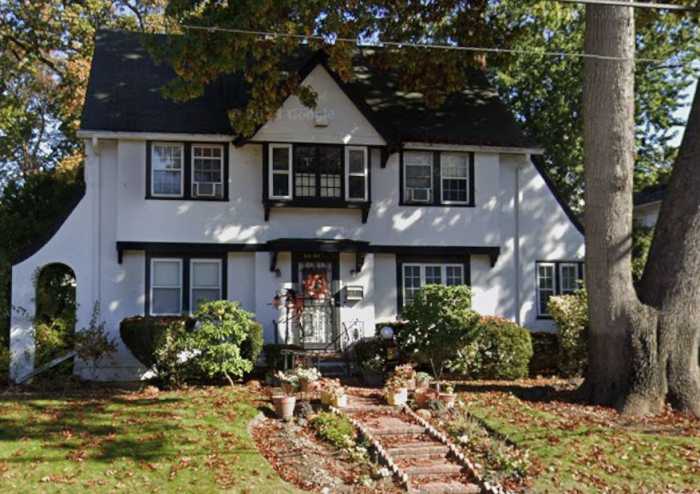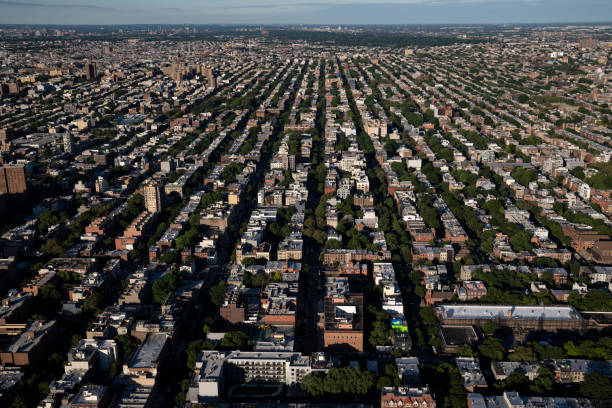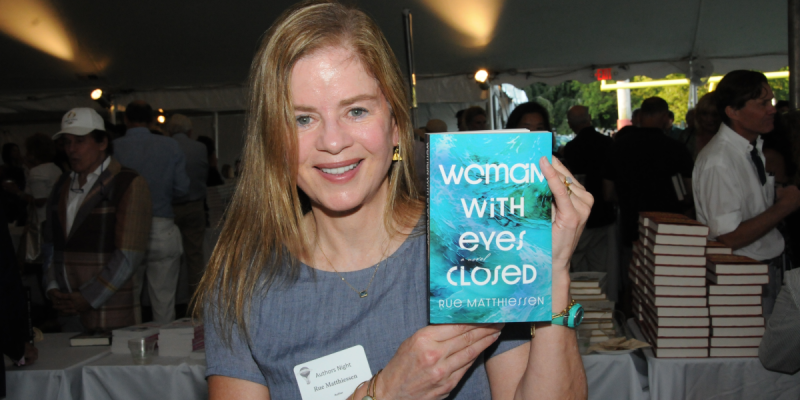By Philip Newman
For decades anguished New York City tenants have shown up at often chaotic hearings to plead for relief from an ever-skyward spiral in stabilized rents with a bold few even demanding a freeze.
But this year, many hopeful renters say a freeze in rents could become a reality come Monday evening.
The difference is that Mayor Bill De Blasio appointed six of the nine members of the Rent Guidelines Board, which determines how much landlords can raise rents. The board is scheduled to meet June 23.
Prior to his election as mayor, de Blasio had appeared sympathetic to the renters of just under 1 million rent-stabilized apartments, including 144,000 in Queens, but has not mentioned the subject since he took office.
In May, the Rent Guidelines Board set the range it was considering for rent increases at 0 to 3 percent for one-year leases. For two-year leases, the board set the limits from 0.5 percent and 4.5 percent.
It would bring the lowest increases since before 1969, when the board approved 2 percent raises for one-year leases and 4 percent for two-year leases.
Queens renters were expected to express themselves this week at a Rent Guidelines Board meeting hearing at Borough Hall.
City Council Speaker Melissa Mark-Viverito (D-Manhattan), city Public Advocate Letitia James and city Comptroller Scott Stringer were among the elected officials who have spoken out in favor of a rent freeze.
“The bottom line is that the Rent Guidelines Board has been stacked against tenants for many, many years,” Stringer said.
“Apartments renting for $1,000 or less — a critically important price point for many low-income New Yorkers — are rapidly disappearing from our city,” Stringer said. “An examination of inflation-adjusted rents revealed that from 2000 to 2012 some 400,000 apartments renting for $1,000 or less [in 2012 dollars] were pushed above the $1,000 threshold.”
Mark-Viverito said rent stabilization is vital to the welfare of racial and economic diversity.
“Over 60 percent of rent stabilized tenants are people of color and their median income is almost a third lower than tenants in market rate apartments,” Mark-Viverito said.
Over the past decade or longer, such an obstreperous atmosphere prevailed at the public hearings for tenants and landlords that the Rent Guidelines Board now permits no drums, noise makers or other din-producing articles in the hearing room.
Nevertheless, shouting frequently disrupts speakers.
Reach contributing writer Philip Newman by e-mail at timesledgernews@cnglocal.com or phone at 718-260-4536.
































